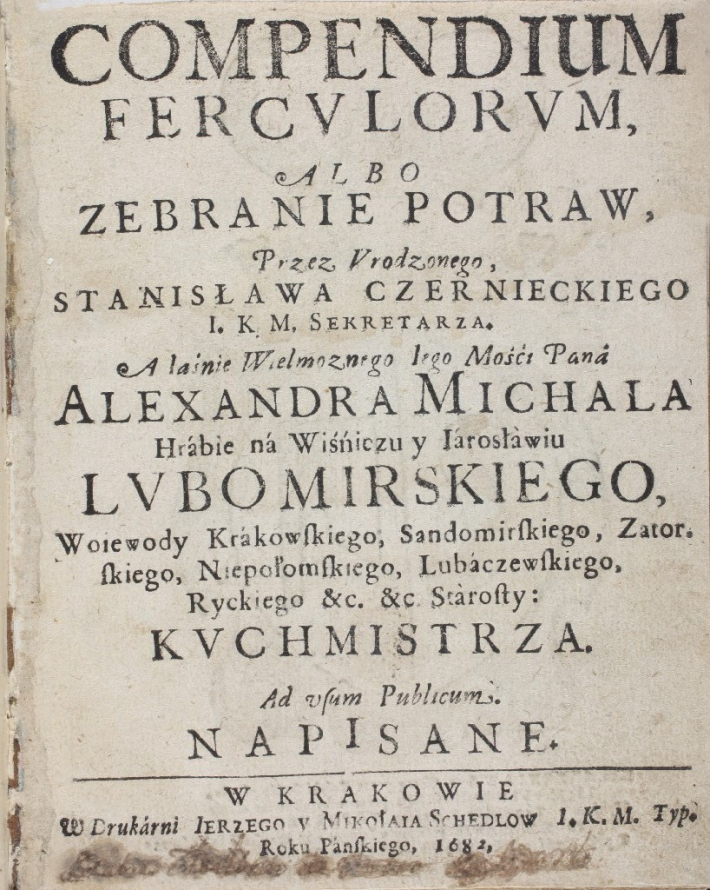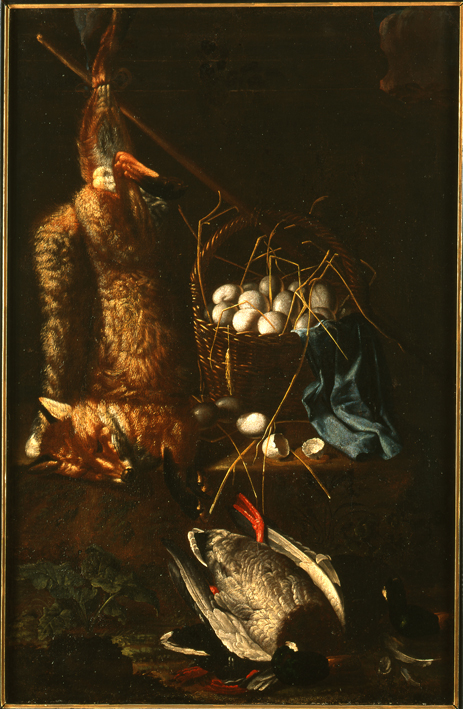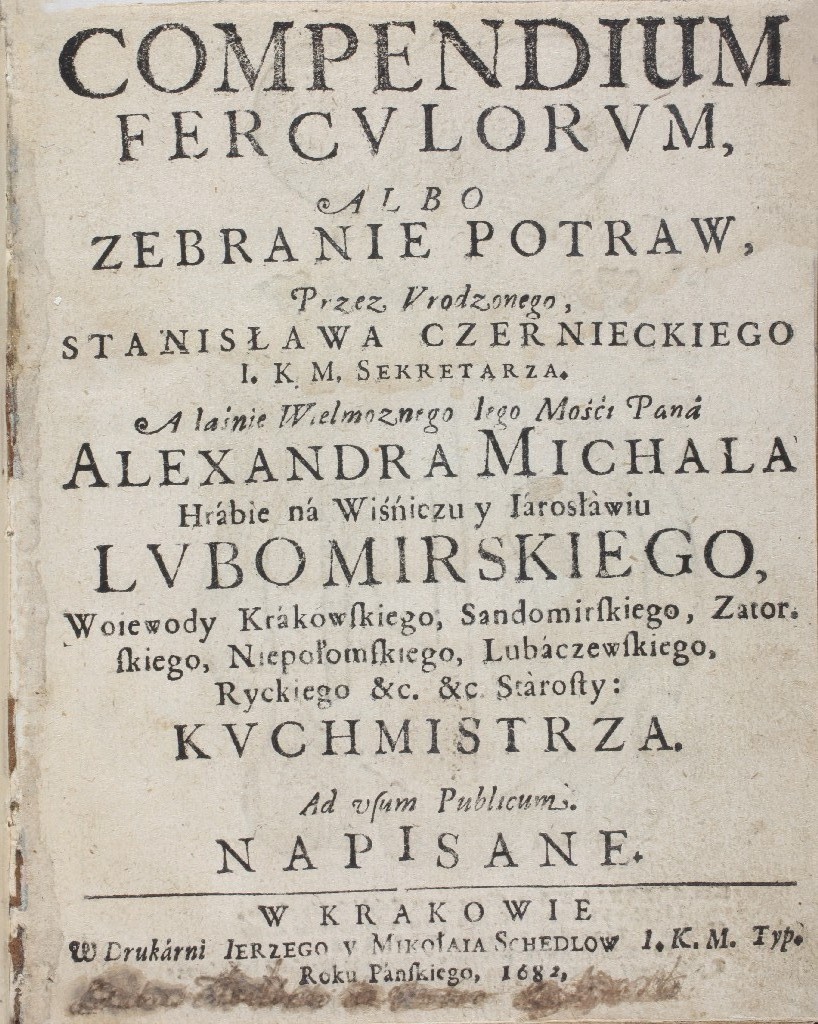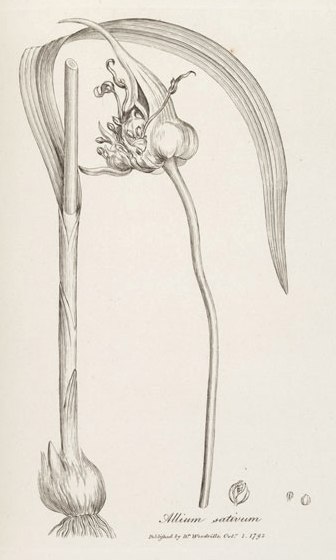Old Polish cookbooks - "Compendium ferculorum or Collection of Dishes" (1682)
Stanislaw Czerniecki's book is characterised by elaborate composition, sophisticated concepts and surprising ideas of the author, who pays homage to Polish cuisine. The collection, or rather passionate treaty about the cuisine, presents a definitely Baroque style of culinary art. The typical features of Czerniecki's cuisine are: abundance of hot exotic spices, fancy for combining sour and sweet tastes, large amounts of fat (especially fatback) and amazing feasters by the appearance, decorations and ways of serving the dishes.
The elaborately planned book consists of three main parts. It is divided into three chapters, each of which contains one hundred recipes for meat, fish and diary dishes, respectively. Chapter three, devoted to the making of one hundred diary dishes, pâtés and cakes, is not so concise as the former two and includes very different dishes. Each chapter, apart from the hundred main dishes, also contains so-called additament (supplement) of another ten recipes for side dishes to go with the former main dishes. The crowning of each of the three parts is so-called chef's secret. This, in a way, gift to the reader consists of recipes particularly valued by the author, in which he reveals the secrets of his workmanship. In fact, the book contains many more than three hundred recipes, as apart from adding supplements and secrets, Czerniecki left some recipes unnumbered so as not to disturb the clear structure of the work. The chapter with meat dishes also contains ten so-called condiments, that is recipes for various sauces, pastes and meat complements.
The finely composed work is not just a dry enumeration of ingredients, chef's secrets and culinary procedures. Czerniecki's book is first of all full of the author's undisguised passion of an artist chef, a creator aware of his own value and committed to defending his own individual artistic style.
Reproductions of pages from Stanisław Czerniecki's book come from the Kórnik Library of the Polish Academy of Science (photo by. Z. Nowakowski)
Translation: Lingua Lab





